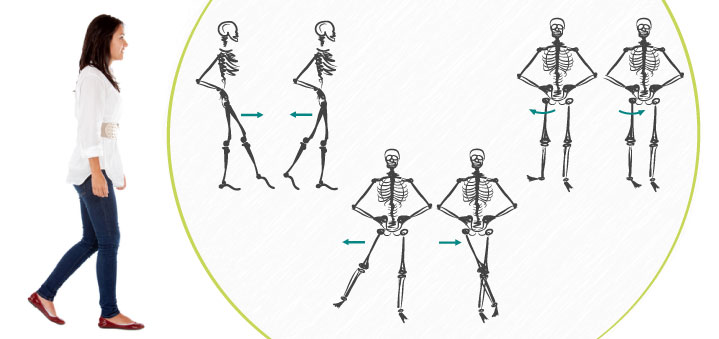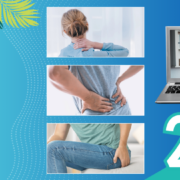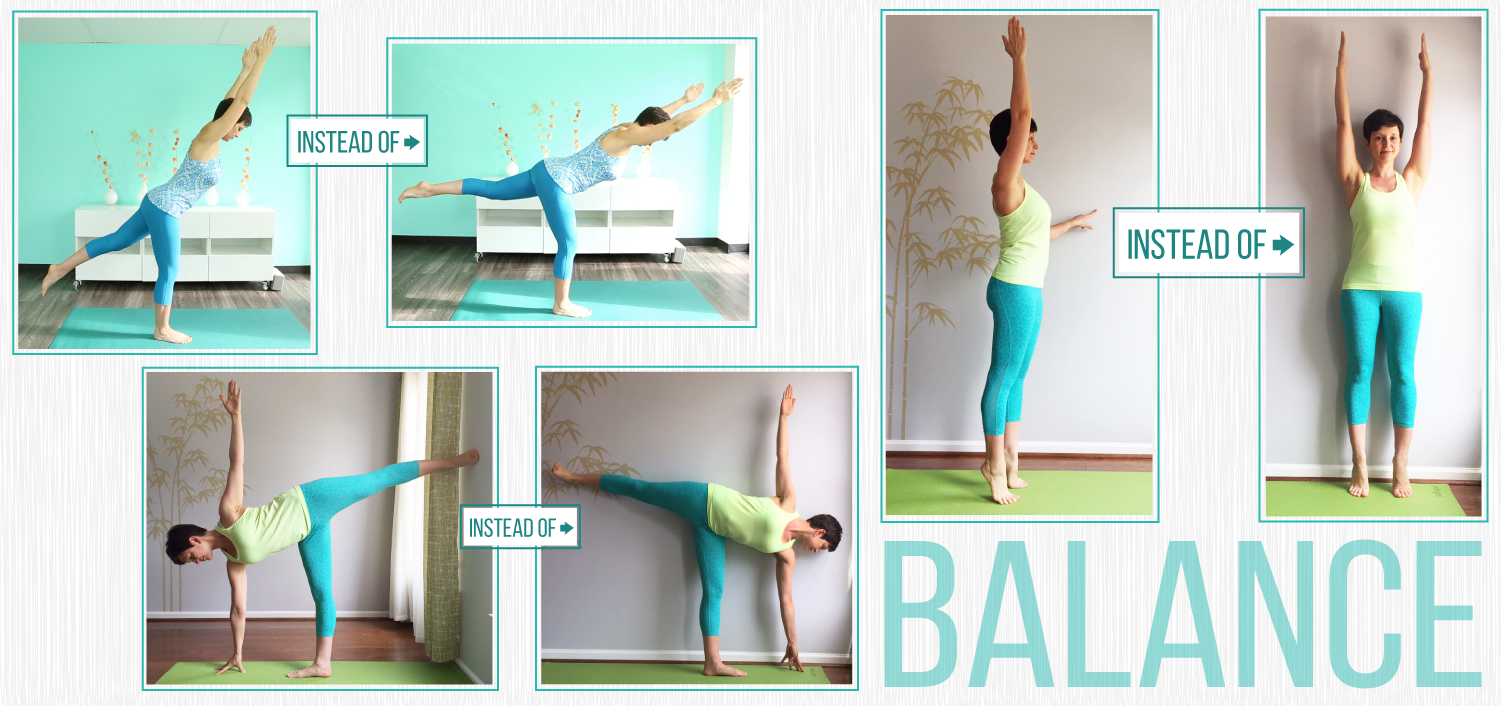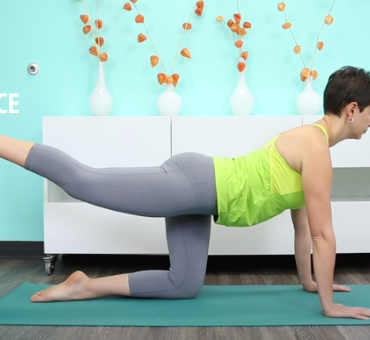Mighty Tadasana: How to use Mountain pose to train your balance and strengthen your hips and ankles (Part 1)

The classic version of the Mountain pose is as stable as any standing pose gets – you are just standing there on your two feet, trying to keep the weight equally distributed from side to side and from front to back. If you can stand up straight, you can do Tadasana.
But if we change the form of the pose a bit, we can successfully use it to train our balance and strengthen the muscles that are directly involved in maintaining balance while standing and walking. There are two main ways to do it: to lift up on the balls of the feet and to stand on one leg. Today, we will look at the first option.
Lifting up on the balls of the feel immediately changes the base of support, making it smaller. Balancing becomes harder, while ankles, feet, and calves become stronger. There are several ways we can work with this action:
1. Heel raises: Inhale: Lift the heels up. Exhale: Bring the heels down. This is the most obvious, straightforward way to challenge the balance and strengthen the ankles.
2. Three-stage heel lifts: Inhale: Lift the heels up a bit. Exhale: Bring the heels down. Inhale: Lift the heels up a bit more. Exhale: Bring the heels down. Inhale: Lift the heels up as high as you can. Exhale: Bring the heels down. This action gradually builds up the challenge and gives the students confidence to progress.
3. Half-way heel raises: Inhale: Lift the heels up. Exhale: Bring them half-way down. Inhale: Lift back up. Exhale: Bring the heels all the way down. This version is the most challenging of the three and requires more concentration.
After you move the heels up and down, it makes sense to stay up on the balls of the feet and try to maintain balance for 6 to 10 breaths.
To make your Tadasana more fun and challenging you can also add arm movements to train your mental focus in addition to balance. There are three ways to do it.
1. Do not move the arms; keep your hands on the hips – this type of movement places emphasis on what’s going on in the feet and ankles.
2. Move the arms symmetrically (for example, forward-and-up or out-and-up) – this challenges the balance a bit more and helps you integrate the upper and lower body, making them work as a unit.
3. Move the arms asymmetrically (for example, forward+out, up+forward, etc.) – this is an example of a mismatched movement that is supposed to engage both brain hemispheres and helps you train your mental focus on top of your physical body and balance. Often, I find that students get so focused on what’s going on with their arms that they forget to worry about balance, which helps them do better. We often hear that balance poses help us become more centered, and this is how we do it – by making our minds focus on monitoring the position of different body parts in space.
The beauty of balancing Tadasana is that all those options are easily accessible to most students: young and old, athletic and sedentary, beginners and advanced. Combining and recombining what you do with your arms and feet keeps the practice challenging, fresh, and interesting, even with such a basic pose.

Learn more about one-legged Tadasana and the wonders it can do for your hips.










just wondering why all of a sudden I am not receiving the monthly news letter I am registered, I tried to register again to insure, it indicated that the email used was registered
ps really enjoy the site, it has helped me a lot, wish i could solve my piriformis
Hi Helmut! Yep, we still have you on the list and it looks like you got all the emails we sent out. I am just sending them a bit differently right now – not on the 1st and 15th of the month, but grouping 2-3 relevant posts together and then sending them out. The next one will be coming out on Monday. I hope this makes sense! What kind of solution are you looking for your piriformis?
These are all just great. I usually instruct that the student not to let the heels “turn in” + toes “point out”as they lower up/down, but to keep tadasana feet parallel, heels point straight back, more even use of arches + knees, hips. Would you agree?
These are all just great. I usually instruct that the student not to let the heels “turn in” + toes “point out”as they low up/down, but to keep tadasana feet parallel, heels point straight back, more even use of arches + knees, hips. Would you agree?
Nice